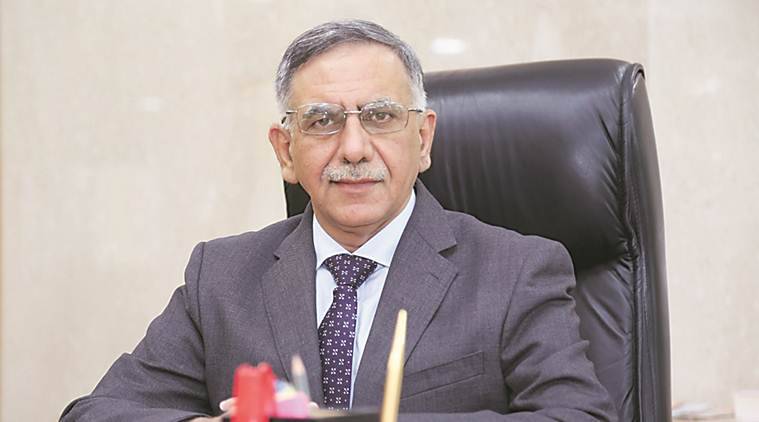NEWS
Bank of Baroda shutters 1,300 branches post-merger
Bank of Baroda has shut down close to 1,300 branches post-merger, making it the most ambitious branch rationalisation programme in India.
Bank of Baroda has shut down close to 1,300 branches post-merger, making it the most ambitious branch rationalisation programme in India.

Bank of Baroda (BOB) has shut down close to 1,300 branches post-merger, making it the most ambitious branch rationalisation programme in India.
The exercise, started after the merger of Bengaluru-headquartered Vijaya Bank and Dena Bank with Bank of Baroda, is part of the drive to save Rs 10,000 crore over five years due to synergies arising out of the three-way amalgamation.
In the financial year ended 31 March 2021, the bank shuttered 1,268 branches with a majority of them being in Gujarat where both Bank of Baroda and Dena Bank had overlapping branches. As of 31 March, the bank had 8,214 branches from 9,482 a year ago. To rip out duplicated costs, the bank also reduced the number of ATMs from 11,613 to 10,033 in a year.
“This shutting of branches post-merger has been the most ambitious programme in terms of branch rationalisation that we have seen in the industry,” said Bank of Baroda managing director and CEO Sanjiv Chadha.
The bank, however, has had no job losses. Nor were any employees transferred from their place of work except in the lower grades in case of requirements. Recruitments, however, have been frozen for the past two years and even retirements have seen no new hiring.
“I think the benefits of the merger have flowed to the bank precisely in the manner that it was anticipated. We had guided for about Rs 10,000 crore savings for the bank over the five-year period. If you would look at the operating costs even this year, and if you would separate the salary cost, you will find that part of the savings have got affected in the operating cost of the bank in non-salary costs; it actually has come down. And a significant portion of the same impact has come because we have closed down around 1,300 branches,” Chadha told analysts after the announcement of the bank’s fourth quarter results.
“When you shut down a branch during the event of the year or towards the end of the year, the savings are only partial in that particular year. The full savings will get captured in the next year, which is FY22. So we are very positive in terms of the fact that the savings from the merger would continue to flow through and this year we should see the full impact of that,” Chadha added.
Bank of Baroda's merger with two smaller peers was part of the government’s consolidation programme to create a few mega public sector banks. The merger of Vijaya Bank and Dena Bank with Bank of Baroda, which took place on 1 April 2019, created the third-largest public sector bank in the country. The system integration took around 18 months to complete.
“The IT team, led by chief technology officer Sharad Saxena, did a good job in technology system integration. Bank of Baroda took almost 18 months for complete integration as Infosys had to make huge changes in Finacle,” said a senior officer at Bank of Baroda on condition of anonymity.
Post amalgamation, the closure of branches was executed in a planned manner. “If there were overlapping branches in rural areas within a radius of 1 km, they were merged with one of the suitable branches. In urban centres, the consolidation was based on the quantum of business generated by these branches. By streamlining the number of branches, the bank saved on rent, electricity and various other ancillary expenses. Wherever our own premises were available, operations were shifted to such places,” said a senior officer on condition of anonymity.
Meticulous planning went into the merger. A separate vertical, integration management offices (IMO), was set up for all kinds of integration, including divesture of surplus assets. The objective of the IMO, headed by an executive director, was to help other employees seamlessly conduct their work without any interruptions. While PS Jayakumar, who was the then MD and CEO, laid the path, the process got completed during Chadha’s tenure.
Bank of Baroda’s overall market share in branch network is 6%, with a share in states like Gujarat at 20.8%, in Maharashtra at 7.5%, Rajasthan at 9.43% Uttar Pradesh at 8.1% and Karnataka at 7.5%, data from the bank showed.
So will operating costs reduce in FY22? “Typically in practical terms, you expect about 8% to 10% increase on operating costs as a general proposition. So these cost-saving measures effectively neutralise the increase,” Chadha told analysts. “My sense is that in terms of non-salary costs in particular, and in some instances salary costs also because we are not really recruiting, you should see a lower growth rate as compared to other banks.”
